
Everyone has their own definition of a ‘good’ interior design as we all strive to create interiors that enhance our quality of life with comfortable, functional, and visually appealing spaces. While our own tastes remain subjective, the criteria that are needed for a truly personalized and valuable interior design are quite straightforward. In this case, our definition of ‘good’ is built upon sustainability criteria, balanced aesthetics, and based on the impact of design on your physical and psychological wellbeing. Besides its benefit on individuals and the environment, a good design will also become a means for self-expression that allows you to embrace your individuality.
Hereon we will explain how one can adhere to a holistic approach that complies with all the criteria of a good interior design.
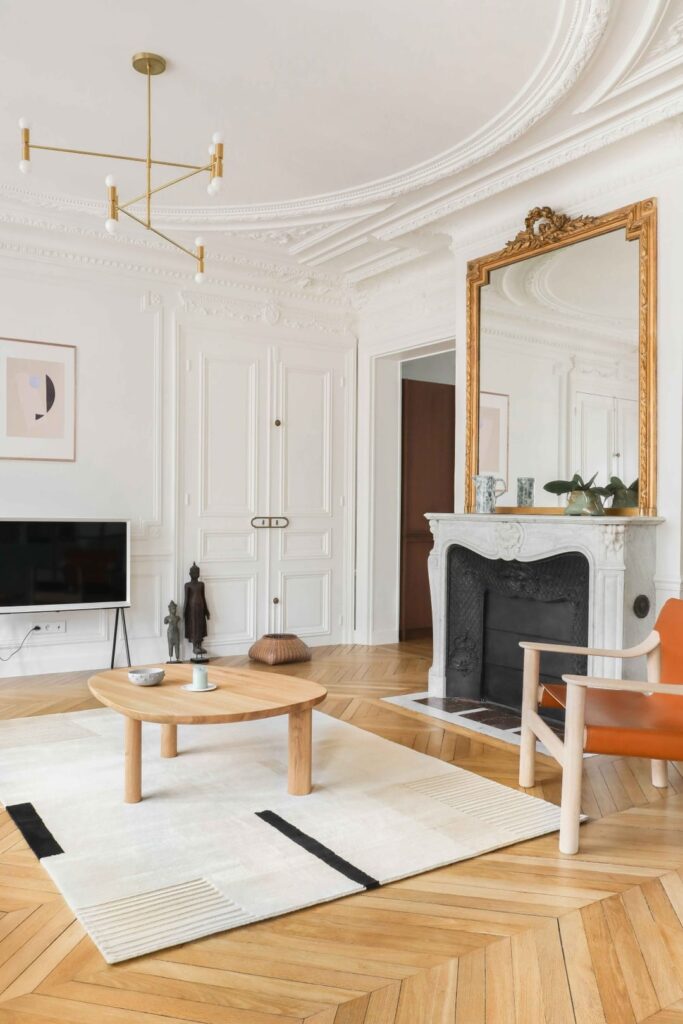
Holistic design- what does this mean?
Firstly, let’s clarify what we mean by holistic design. This concept views an entire space as a unified and interconnected whole, taking into account not only the physical elements within it but the emotions that traverse through it and its impact on its surroundings. To promote an overall sense of balance, wellbeing, and harmony one must begin by identifying the specific needs, preferences, and lifestyles of the occupants. The environment we create should enhance our overall wellbeing by considering the atmosphere we establish through color schemes, materials, textures, and furniture selection. Holistic interiors can also support our health by incorporating natural elements and biophilic design that takes into account human’s positive emotional responses to nature and which evoke specific feelings that are part of a nurturing environment.
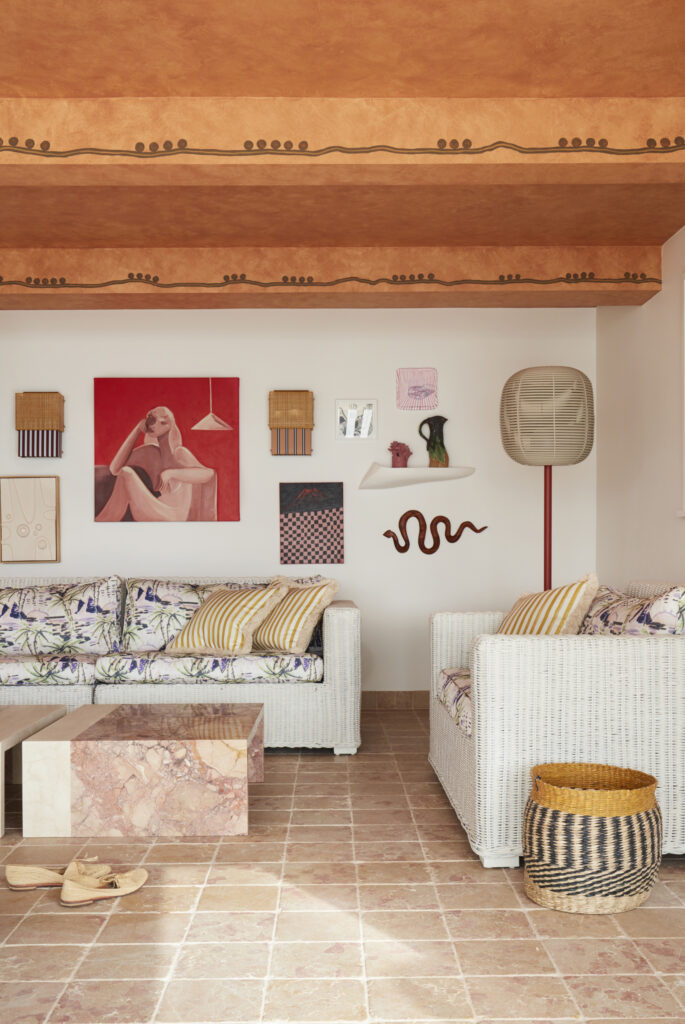
Functional design
As one of the aspects required for a holistic design, functionality resides at the top of the list for the construction of practical, efficient, and personalized spaces. One can optimize the usability of the interior, its layout and the flow of a space without compromising aesthetics. The first step to achieve this requires an analysis of the available space to maximize the flow of movement in an area. Afterwards comes the furniture selection; opting for multi-purpose pieces such as a multi-level side table or a hollow ottoman with storage room that save space and also add an element of surprise.
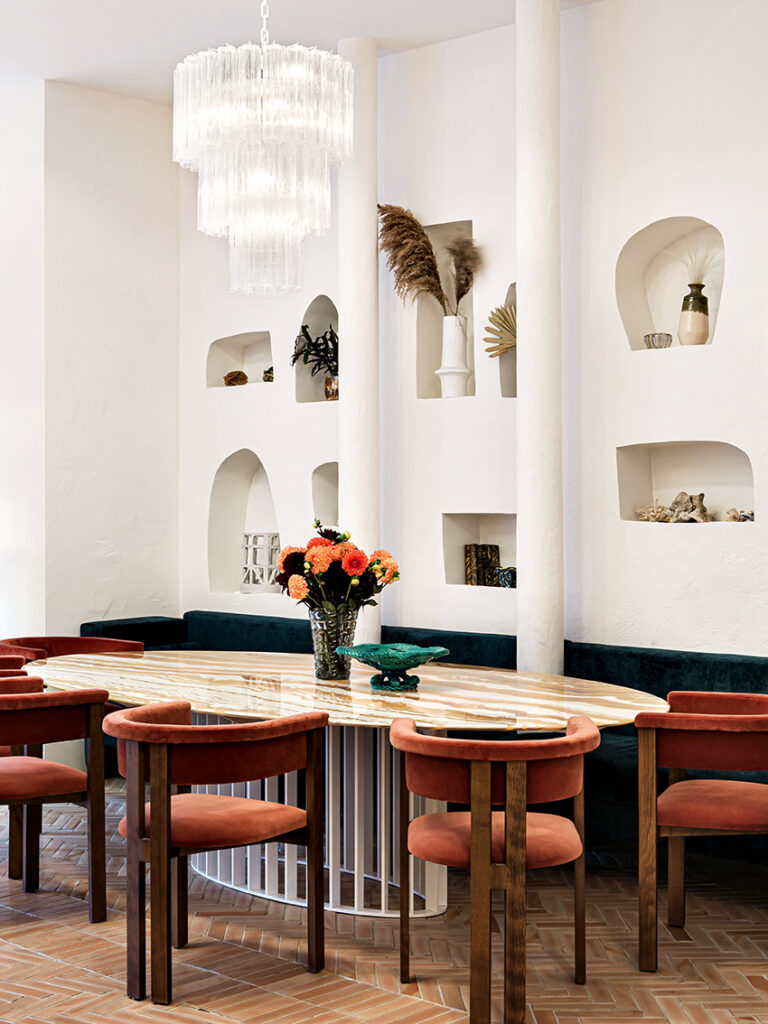
The main factor we want to avoid is clutter since not only does it hinder our movements and create visual chaos but it also impacts our sense of productivity and generates unnecessary stress. Therefore, one effective way of avoiding this is by incorporating adequate storage solutions that fit seamlessly into the design, such as built-in cabinets, shelves, kitchen islands with attached cabinets, and foldable tables.
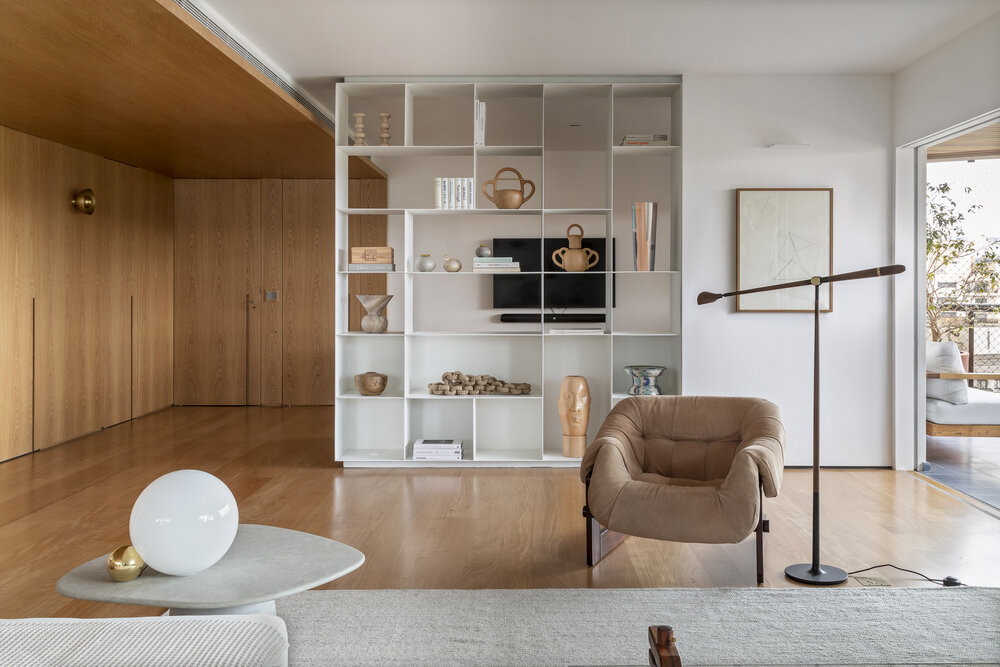
Moreover, functional interiors also emphasize the ergonomics of a space which means that the furniture we select should also be able to support our posture while providing a comfortable place to work and relax. This is easier to achieve by creating different zones within a space and especially in open-concept layouts, to define the different functions of each room. By visualizing the purpose of spaces one can also leave room for future adaptations to the changing needs or preferences that people have over time. Since our lives are undeniably bound to change, modular furniture or movable partitions can add the flexibility one needs to adjust to the shifting of time.
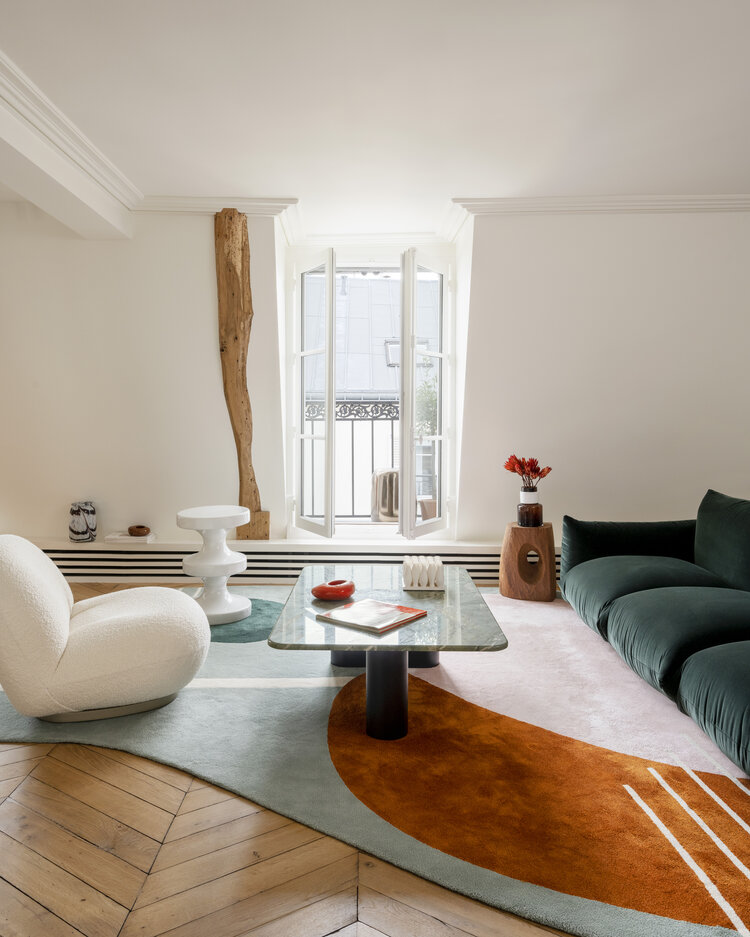
Our emotional connection with interiors
If we look in depth at the effects of interior design on our wellbeing we can also use these in our favor to improve our mental and physical health. While the effects may be subtle, in the long term their impact can turn out to be significant. For example, one can shift one’s interior design to create sensory stimulation that enhances our comfort through soft textures, the soothing sounds of nature or the rubbing water of a fountain, and even using pleasant scents from candles and incense. An approach that also helps establish a sense of belonging and emotional attachment is the personalization of spaces to reflect an individual’s preferences, hobbies, or history. Some people find comfort upon gazing at their collection of books or artwork display while others can find the same peace in the book of their favorite lounge chair or from the comfort of a king sized bed.
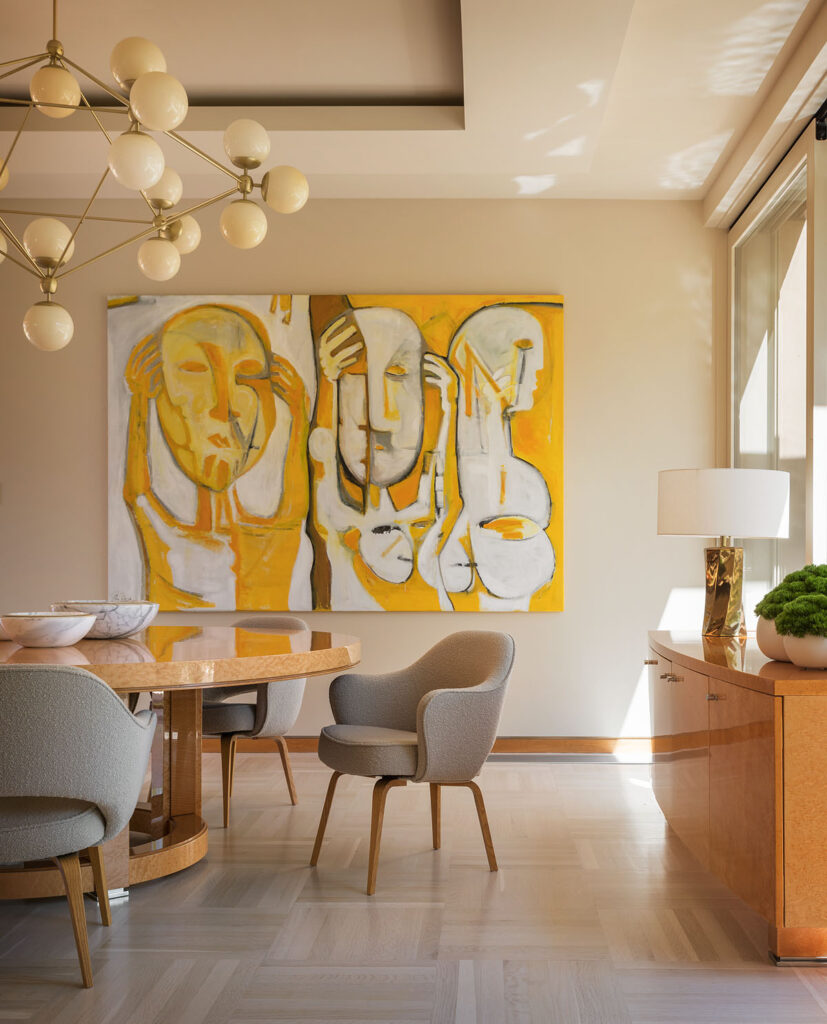
More specifically, the factors that can significantly contribute to a positive and welcoming environment without requiring architectural changes are lighting, the color scheme, and natural elements. Firstly, when it comes to lighting, natural light has been linked to improved mood and productivity. To make full use of it one can incorporate oversized windows and glass doors in addition to enveloping surfaces such as large furniture or walls in white and clear tones. In fact, such shades of neutrals and soft blues and greens can also evoke feelings of tranquility and relaxation since they remind us of the natural shades we find outdoors. Nature is after all, an essential aspect to create relaxing ambiences through the use of house plants, natural materials such as wood or stone, and with direct connections between indoors and the outside environment.

The physical side of interior design
Just as we have listed the emotional and psychological influence of interior design, we must also recognize its impact on our physical health. Beyond providing a sense of comfort, good design must also improve our air quality, reduce noise levels, ensure our safety, and accommodate the needs of all occupants. The first criteria consists of using low VOC paints and finishes which are known to cause health hazards due to the harmful compounds they release into indoor areas. In addition, one can also improve air quality indoors by providing good ventilation through the use of large windows, skylights, or glass doors which allow fresh air to enter and circulate freely.
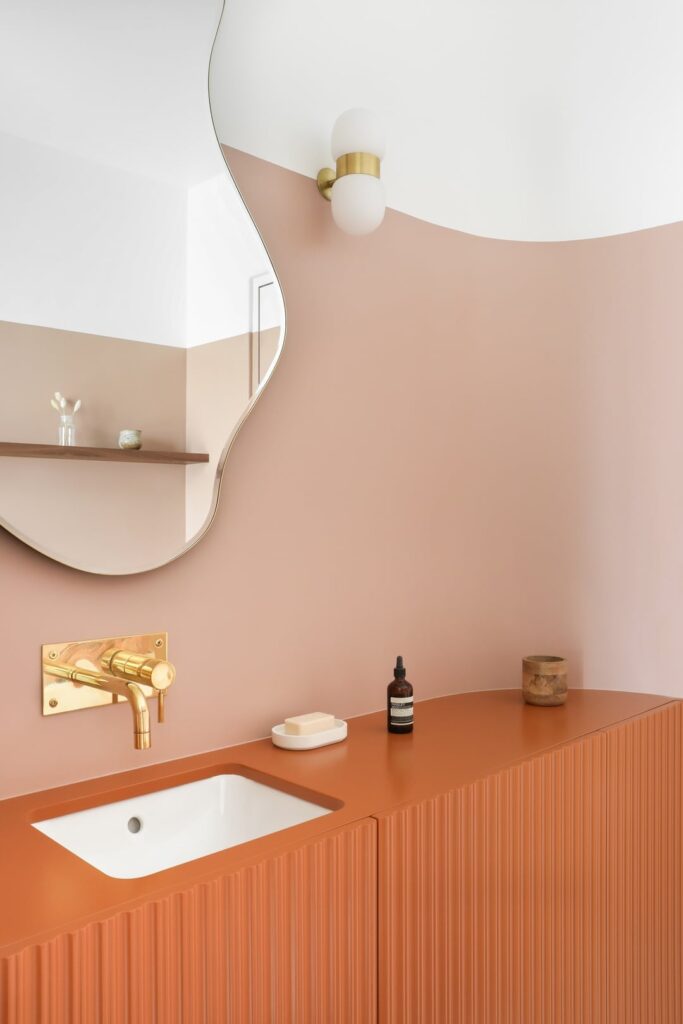
The air quality, however, is not the only health standard to consider for interior design, we must also acknowledge the impacts of noise on our health. Exposure to constant noise is known to cause sleep disturbance, stress, anxiety, and impaired cognitive performance due to reduced focus. To mitigate these negative effects at home one can take measures to employ sound absorbing materials such as hanging textiles, carpets and rugs, cork panels, or bookshelves and libraries that break up sound reflections. One can even take simpler measures by placing large furniture strategically to dampen sound.
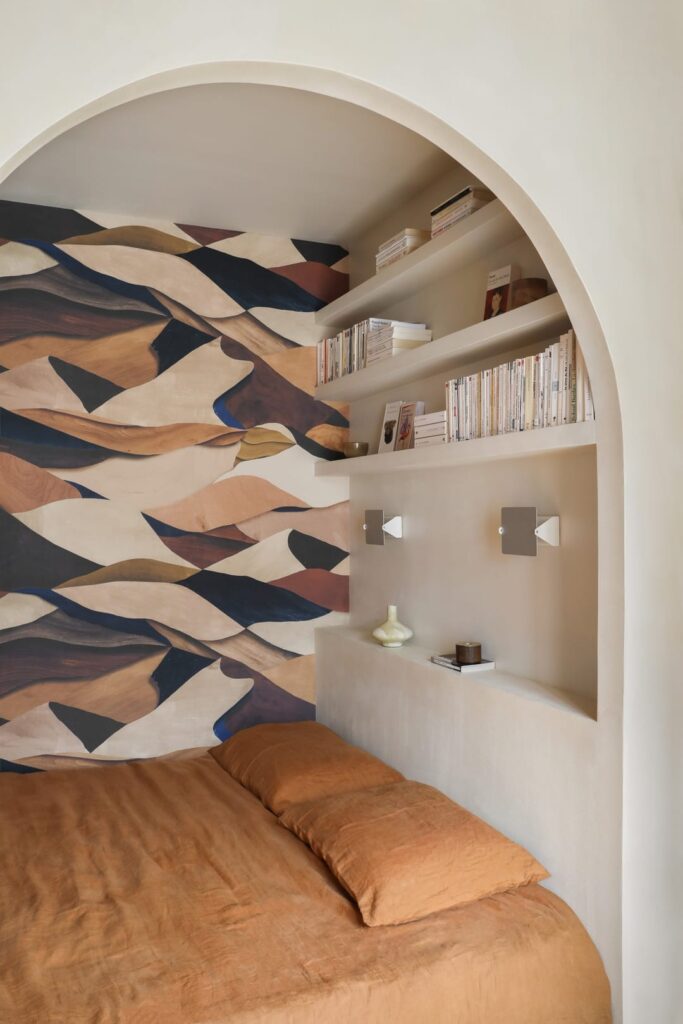
Last but certainly not least, all interior designs must be accessible; accounting for the needs of all inhabitants and potential visitors, including those with mobility challenges. Such designs can incorporate features such as wider doorways and ample pathways allowing easy movement for all individuals, ramps or zero step entries to accommodate wheelchair users, and slip-resistance flooring materials– especially in high-traffic areas. Thus, accessible interiors require us to consider slight details that can make a considerable difference for others, for example including countertops at various heights to accommodate individuals who might be using mobility aids or using visual and tactile cues such as contrasting colors and textures that distinguish different surfaces for those with visual impairments.
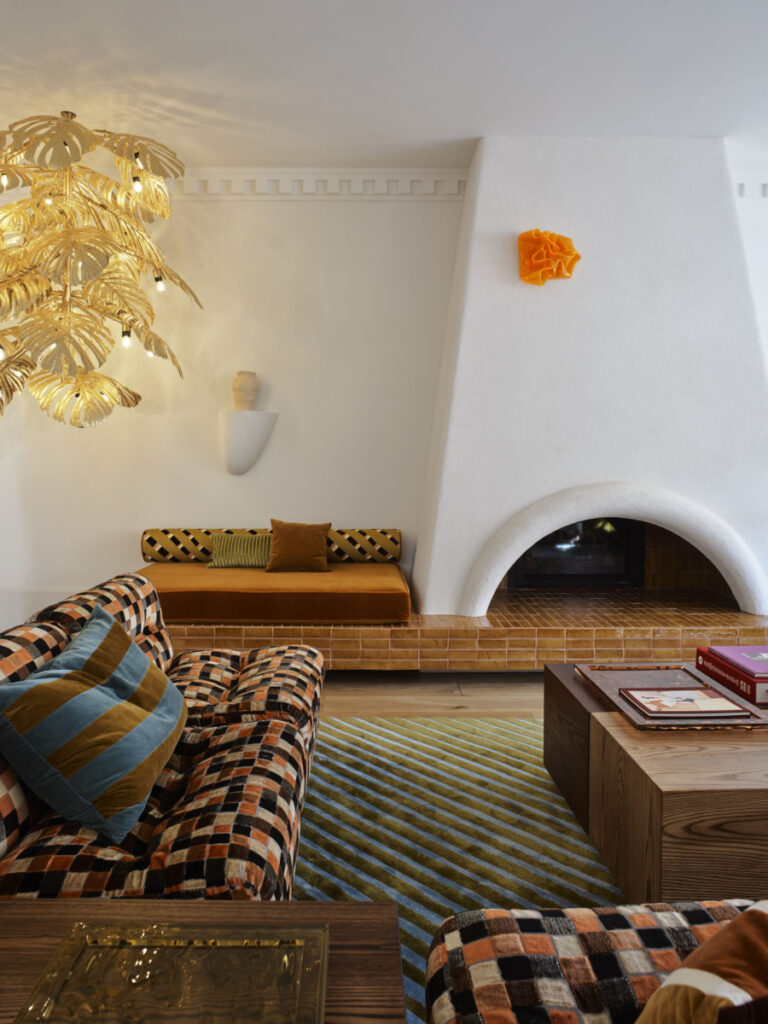
Looking outwards
The same way we analyze the potential impact of interior décor on our health we must also take into consideration the direct relationship between our interiors and the natural environment. One can start by designing spaces that focus on reducing waste by using long-lasting materials that require less frequent replacement, recycling and repurposing materials, and investing in high quality, timeless furniture that contributes to a sustainable AND sophisticated interior. Following this approach also requires looking at small details such as the fabrics we select to ensure these are eco-friendly such as organic cotton, hemp, or linen which can also embellish our homes through plush upholstery and soft furnishings. Another way of supporting sustainable production practices encourages us to embrace artisan-made and handcrafted decor and furniture pieces that display a craftsmanship which adds a sense of uniqueness and intrigue.
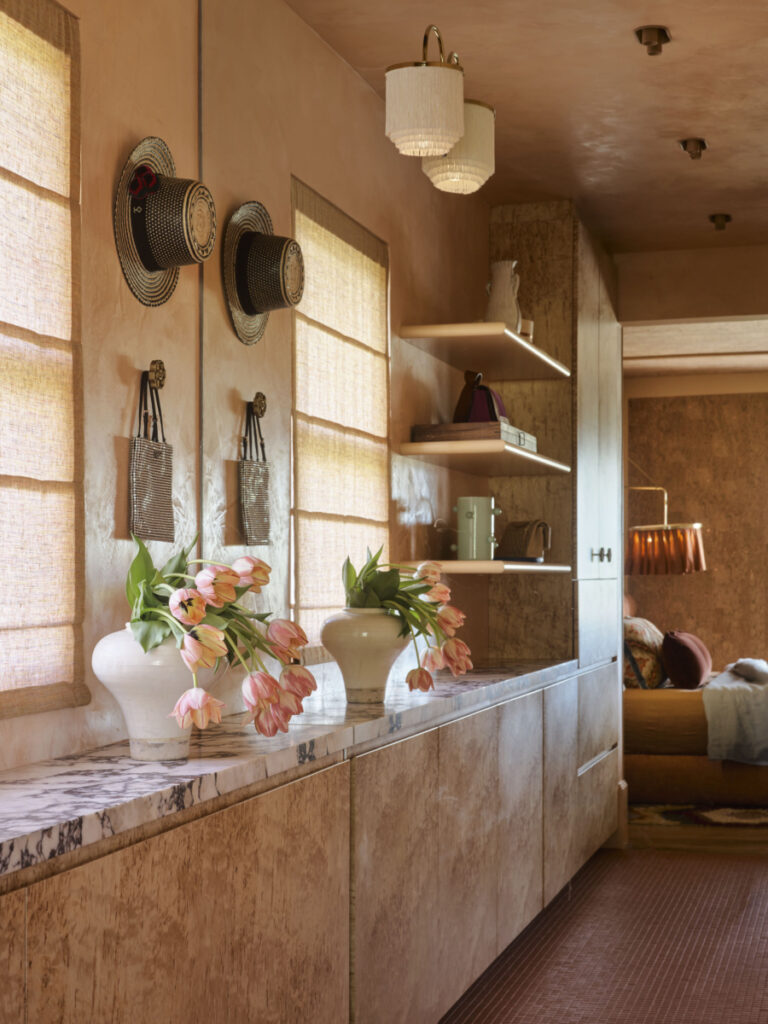
A step closer to good interior design
As we have discussed, good design can have various meanings and roads; for this reason one must take a holistic approach to meet the varying criteria upon which it is based. If an interior can address the mental and physical wellbeing of its occupants while maintaining a sustainable and aesthetic balance, then it can already fall within the category of a good design, regardless of the fame it acquires or its simplicity.
